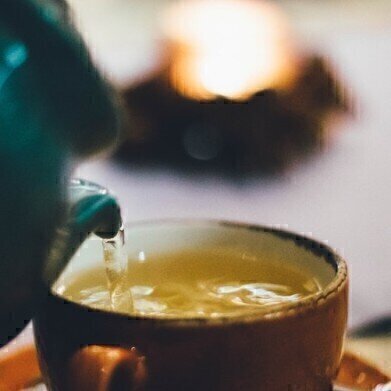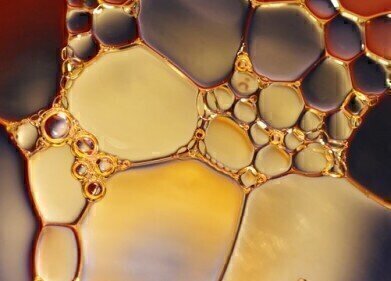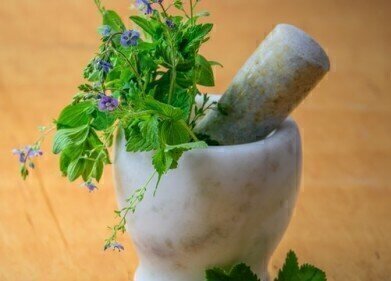Thin layer chromatography (TLC)
How Much Caffeine is in Your Tea? - Chromatography Investigates
Feb 12 2020
Caffeine plays a large part in many people’s daily routine. We need it to kick start our mornings or to wake us up as the afternoon drags on. We probably don’t know how much caffeine we drink, but in moderate amounts it is not thought to have any health concerns - in fact it might bring some health benefits depending on whose research you read. But if you like a few freshly brewed coffees - the effect of missing out on that caffeine hit can be a real headache - literally.
But it is not just coffee that gives us our caffeine hit. Energy drinks, pills for exams and drivers and even the humble cup of tea can supply pour fix of caffeine. A paper published in the Journal of Pharmacognosy and Phytochemistry reports on research carried out by scientists in Pakistan who determined the amount of caffeine in tea leaves marketed in Pakistan. And chromatography analysed the brews they made.
Stimulant to the masses
Caffeine is a stimulant that affects the central nervous system. It is a methylxanthine alkaloid that is related to the adenine and guanine bases of DNA. It is found in many different plants and in many different parts of those plants. From seeds, nuts and leaves in cocoa nuts, tea leaves and coffee beans - caffeine has been used for hundreds if not thousands of years as a stimulant. Although the earliest evidence of coffee drinking comes from the Middle Ages in 15th Century, the use of caffeine as a stimulant can be traced back much further.
Making tea - just like Mother
In the study carried out by researchers in Pakistan, five different samples of tea were purchased from local markets. They were each brewed in the same way under the same conditions, 25g of tea added to 200ml of boiling distilled water and boiled for 10 minutes. The leaves were then removed from the infusion and the procedure was repeated twice more using the same leaves.
The filtrates were mixed together and processed to remove the tannins. The next stage was to add chloroform to the filtrates, mix and allow to separate. The caffeine collected in the organic layer, a process that was repeated twice more to remove all the caffeine from the filtrate. The organic solvent was then allowed to evaporate leaving behind caffeine crystals.
The crystals were then analysed using thin layer chromatography. Optimising analytical methods is one of the requirements of most analysts and is the topic of the article, Increasing Peak Capacity for the Gradient Analysis of Protein Digests and other Complex Samples. The researchers found that the caffeine content of the samples tested ranged from 0.8-2.0%. A typical cup of tea contains between 40-120mg of caffeine compared to 80-200mg in a cup of freshly brewed coffee.
Events
May 11 2025 Vienna, Austria
May 18 2025 Tempe. AZ, USA
May 21 2025 Birmingham, UK
Jun 01 2025 Baltimore, MD, USA
Jun 15 2025 Bruges, Belgium














